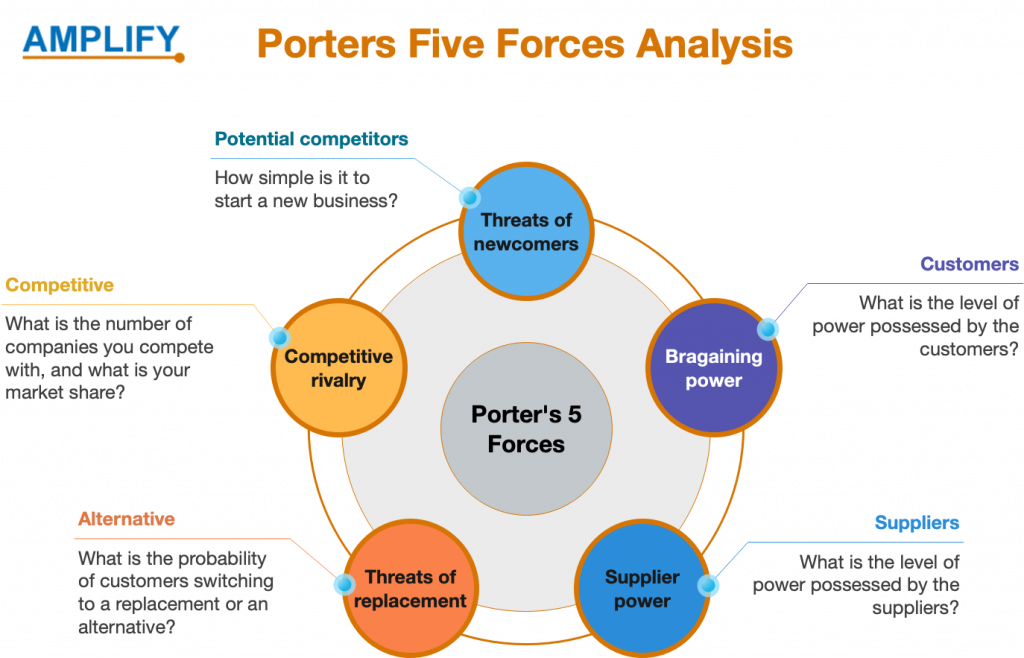Performing a competitive analysis is crucial to create a robust value proposition for your business. It enables you to comprehend your market, recognize your strengths and weaknesses, and distinguish yourself from competitors. We outline the process of conducting a competitive analysis and utilizing the insights gained to enhance your value proposition.
Determine who your competitors are.
The initial phase is to identify your competitors and their offerings. You can discover them through multiple means, including online directories, industry reports, customer reviews, social media, and your network. You should select at least three to five direct competitors who target the same customers and solve the same problems as you, as well as a few indirect competitors who offer alternative solutions to the same issues or target various market segments.
Examine the competitive strategies.
After identifying your competitors, the next step is to scrutinize their strategies and performance. You may use frameworks such as SWOT or Porter’s Five Forces to evaluate their internal and external factors. In addition, you should assess their pricing, value proposition, marketing, sales, distribution, customer service, and innovation. Obtaining information from their websites, social media, blogs, press releases, and case studies can help you gain insights. You can also contact them directly to gather additional information.
Analyze the similarities and differences.
In the third stage, comparing and contrasting your business’s offerings with your rivals’ offerings is essential. Competitive matrices or positioning maps can aid in visualizing your positioning concerning critical aspects like quality, price, features, benefits, customer satisfaction, market share, and growth rate. Emphasizing your unique selling propositions, competitive advantages, and areas for improvement is necessary. Additionally, identifying market gaps or opportunities to address or exploit is crucial.
Establish your unique value proposition.
Once you have conducted a competitive analysis, the final step is to define your value proposition. It summarizes why customers should choose you over your competitors, answering who your customers are, the problem you solve for them, and how you do it better than your rivals. To make it persuasive, you should use plain language, emphasize benefits instead of features, and provide evidence or testimonials to support your claims.
Conduct testing and improve.
The ultimate step is to experiment and enhance the value proposition with your intended audience. Your value proposition is dynamic and ever-changing, reflecting your market position and customer needs rather than a static statement. To validate the value proposition, surveys, interviews, focus groups, landing pages, or experiments can be employed. Obtaining feedback, measuring results, and making modifications as required are essential. Additionally, monitoring competitors’ actions and reactions and updating your value proposition is crucial.
Express and convey.
To succeed:
- Communicate your value proposition to customers and prospects.
- Use it as the central message for branding, marketing, sales, and customer service.
- Ensure that it aligns with product/service delivery and that you meet promises and expectations.
- Create customer loyalty and satisfaction by providing value-added services, incentives, and rewards.


















